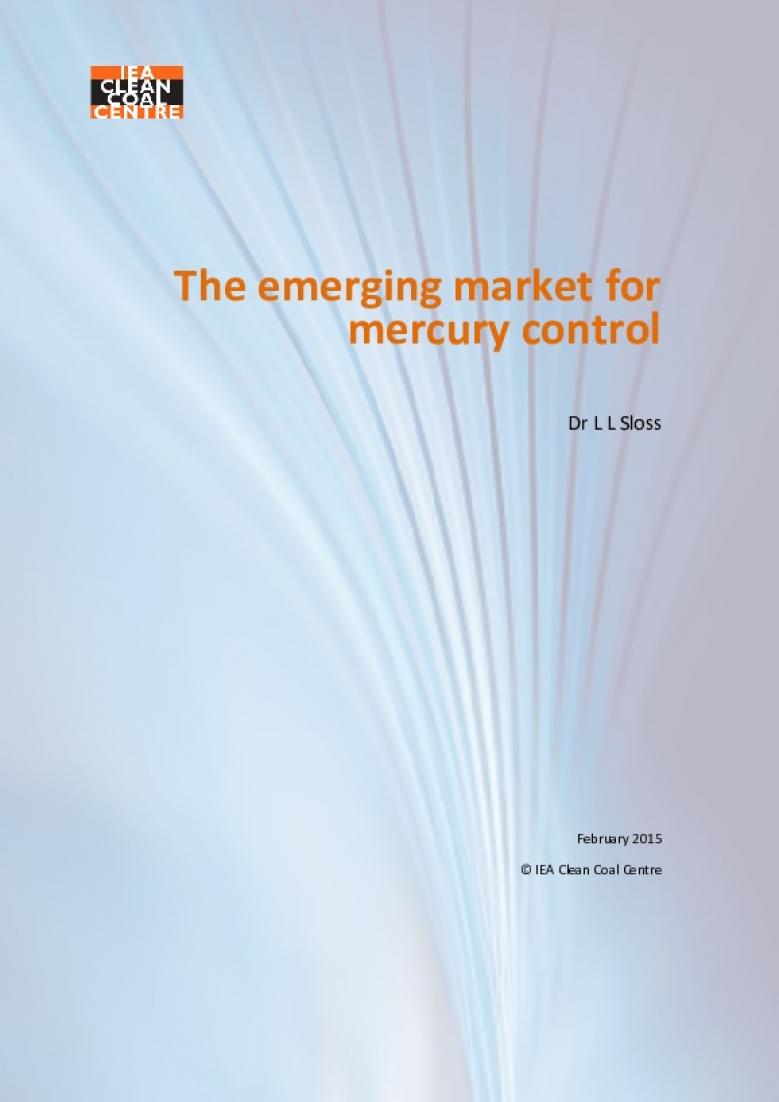Abstract
Legislation for mercury control for coal-fired power plants is emerging in several regions. The US Environmental Protection Agency (US EPA) has several new rules, including MATS (the Mercury and Air Toxics Standard, 2014) and CSAPR (the Cross-State Air Pollution Rule, 2011) both of which will have a significant impact on coal-fired power plants in terms of retrofitting control technologies for compliance. Canada has the Canada-Wide Standard which sets caps on mercury emissions for individual Provinces. Although the EU has not yet set emission limits for mercury from coal-fired plants, the new IED (Industrial Emissions Directive) has annual monitoring requirements for mercury emissions. Further, the new BREFs (best available technology reference documents) include details on options for mercury control. This would imply that, although mercury is not currently being regulated, emissions are being monitored and control may be required at some sources in future. China’s latest Five-Year Plan (12th Plan, 2011-15) includes emission limits for mercury which, for the moment, are not particularly challenging. However, there is clearly a recent and significant move in China towards the cleaning up of emissions from the coal sector.
In addition to mercury-specific policies and approaches, these regions have other policies and regulations which could have a significant effect on mercury emissions. Looking ahead, based on the consideration that regulations will be enacted for several pollutants simultaneously in these regions, the outlook for environmental equipment regulations with respect to trace element emissions is investigated. The report covers:
• legislative approaches in the different regions;
• suitable control technologies ‒ co-benefit approaches, mercury specific technologies and multi-pollutant strategies; and
• summaries of action in each of the target regions. IEA
Published Date: February 2015
| Attachment | Size |
|---|---|
| 9.04 MB |


